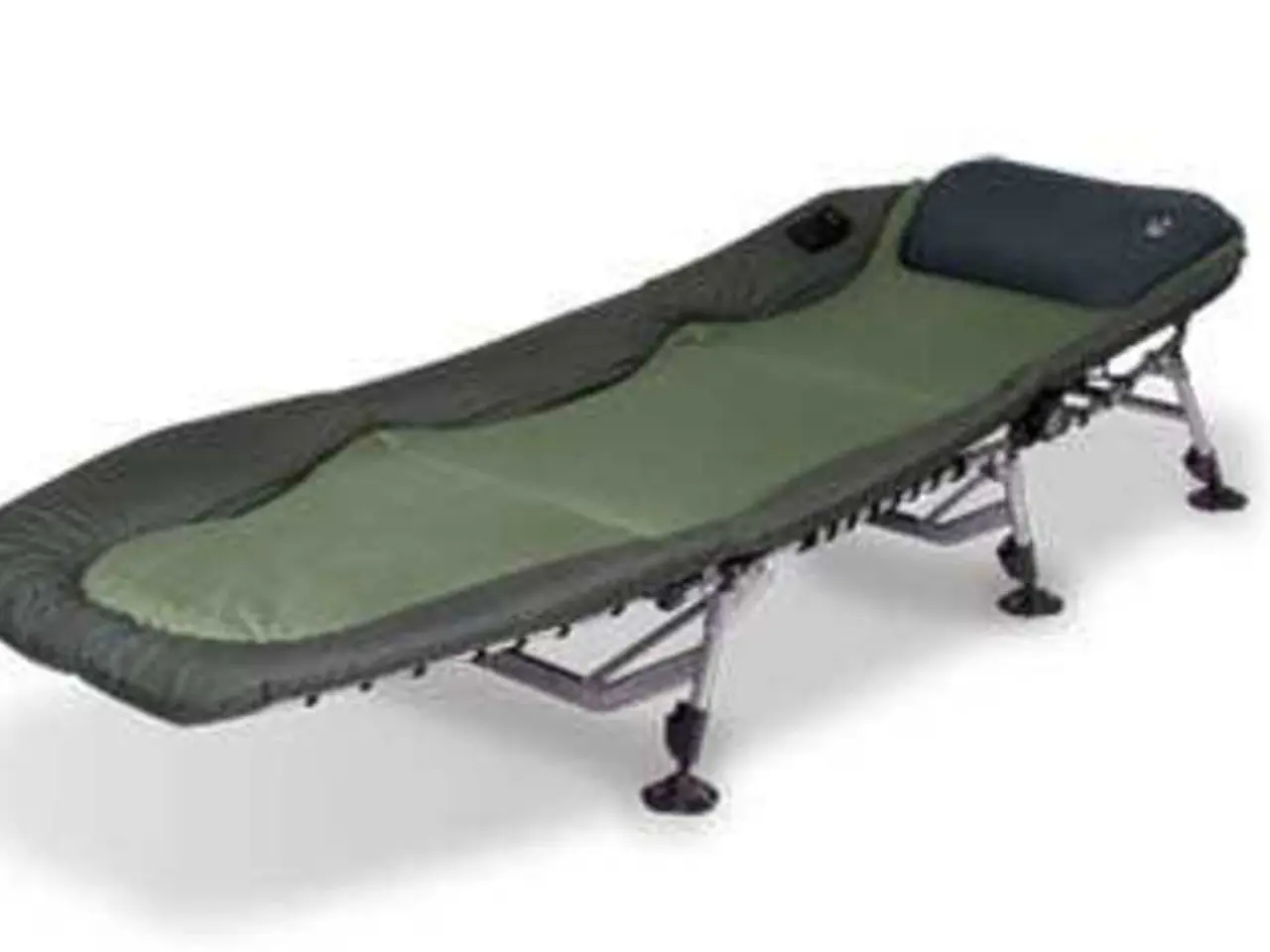Exercising to Eliminate Varicose Veins Possible?
Varicose veins, visible under the skin as lumps, bumps, or ropey nodules, can be a common health issue affecting many adults [1][2][5]. These veins, often causing discomfort, can lead to symptoms such as pain, itching, swelling, and a feeling of wearing cement blocks for shoes [1]. However, there are ways to manage their appearance and symptoms through exercise and lifestyle adjustments.
Exercise for Varicose Veins: The Key Approach
Effective exercises for varicose veins focus on enhancing blood circulation and strengthening leg muscles [1][2][5]. Low-impact activities such as walking, swimming, cycling, and yoga are particularly beneficial because they keep the blood flowing without placing excessive stress on the veins [1][2].
Walking: A Simple Solution
Walking regularly throughout the day prevents blood from pooling in the legs, improving circulation and reducing swelling and discomfort associated with varicose veins [1][2].
Swimming: A Double Benefit
The water pressure supports the legs and encourages blood flow while minimizing joint stress, helping ease symptoms [1][2]. Additionally, the water acts as a natural compression sock, aiding the pumping motion.
Cycling: A Gentle Workout
Cycling, whether on a stationary bike or outdoors, engages the calf muscles, promoting healthy vein function without high impact [1][2].
Yoga: Relieving Pressure on Veins
Yoga poses that elevate the legs or promote leg flexibility and circulation can relieve pressure on veins [2][5].
Leg Elevation: A Crucial Rest
Though not an exercise per se, elevating legs above heart level for 15-30 minutes several times a day significantly reduces venous pressure and swelling [1][2].
It is advisable to avoid high-impact sports such as running on hard surfaces, gymnastics, or aerobics, which could exacerbate vein stress [3]. Instead, focus on regular, moderate-intensity workouts lasting at least 30 minutes daily to support vein health and temporarily reduce varicose vein symptoms [2][5].
Lifestyle Adjustments for Varicose Veins
Apart from exercise, it is essential to make some lifestyle adjustments to manage varicose veins. These include:
- Avoiding exercises that put more pressure on the legs, such as heavy weightlifting or squatting, as they can put more pressure on varicose veins.
- Regularly elevating the legs to reduce venous pressure and swelling.
- Wearing compression stockings to aid blood flow and reduce swelling.
- Maintaining a healthy weight to reduce the pressure on the veins.
Professional Intervention for Varicose Veins
While exercise and lifestyle changes can help manage varicose veins, for lasting removal or more significant improvement, minimally invasive procedures like sclerotherapy or thermal ablation performed by specialists may be necessary [4].
In conclusion, regular low-impact exercises that activate calf muscles and promote blood flow, combined with leg elevation and lifestyle adjustments, are effective for temporarily improving varicose vein appearance and symptoms [1][2][5]. These practices, when combined with professional medical advice, can help manage this common health issue.
[1] Mayo Clinic. (2021). Varicose veins. https://www.mayoclinic.org/diseases-conditions/varicose-veins/symptoms-causes/syc-20351937
[2] NHS. (2021). Varicose veins. https://www.nhs.uk/conditions/varicose-veins/
[3] Cleveland Clinic. (2021). Varicose veins: Exercises to help prevent them. https://my.clevelandclinic.org/health/articles/14895-varicose-veins-exercises-to-help-prevent-them
[4] American Society for Vascular Surgery. (2021). Varicose veins: Treatment. https://www.asvs.org/patients/varicose-veins-treatment
[5] Dr. Meghann McCarthy, vascular medicine specialist, interviewed by Healthline. (2021). Varicose veins: Fact vs. fiction. https://www.healthline.com/health/varicose-veins/fact-vs-fiction
- Enhancing blood circulation and strengthening leg muscles through exercise is key in managing varicose veins.
- Low-impact activities such as walking, swimming, cycling, and yoga are particularly beneficial for varicose vein management due to their minimal stress on veins.
- Regular walking helps prevent blood from pooling in the legs, thereby improving circulation, reducing swelling, and alleviating discomfort associated with varicose veins.
- Swimming offers a double benefit as it supports legs, encourages blood flow, and minimizes joint stress, helping ease symptoms while also acting as a natural compression sock.
- Cycling, whether on a stationary bike or outdoors, activates calf muscles promoting healthy vein function without high impact.
- Yoga poses that elevate or promote leg flexibility and circulation can relieve pressure on veins, making them beneficial for varicose vein management.
- Leg elevation plays a crucial role in reducing venous pressure and swelling, even if it's not an exercise itself.
- To prevent varicose vein aggravation, high-impact sports like running on hard surfaces, gymnastics, or aerobics should be avoided, and instead, one should focus on moderate-intensity workouts.
- While exercise and lifestyle changes can help manage varicose veins, for lasting removal or improvement, minimally invasive procedures like sclerotherapy or thermal ablation performed by specialists may be necessary for a more significant outcome.




